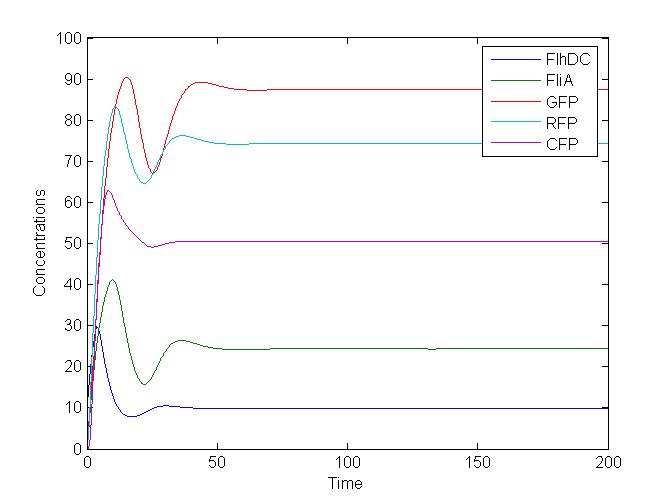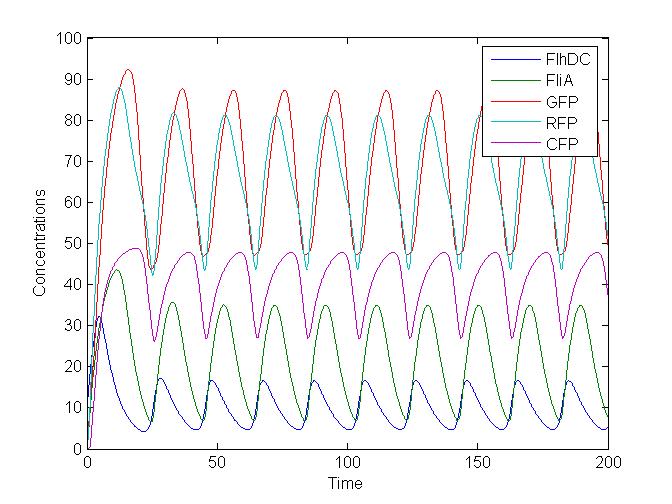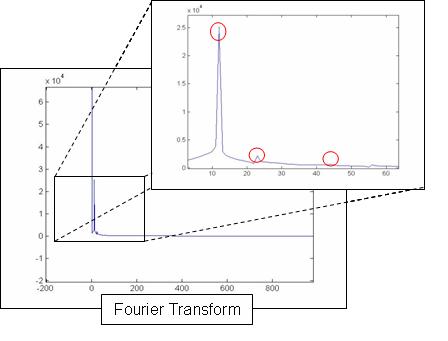Team:Paris/Modeling/Score function
From 2008.igem.org
(Difference between revisions)
(→Score Function) |
|||
| Line 22: | Line 22: | ||
== Score Function == | == Score Function == | ||
| + | |||
| + | The idea of the score function we have used is based on the Fourier Transform of the signals. Basically, it automatically detects a potential frequency and, then, estimate the relative 'weight' of this frequency and all its multiples. | ||
| + | |||
| + | [[Image:Score_function.JPG|center]] | ||
| + | |||
| + | Of course, we have had to get ride of the average value, in order to detect only the interesting peaks. | ||
|}<br style="clear:both" /> | |}<br style="clear:both" /> | ||
Revision as of 15:31, 31 July 2008
|
 "
"




